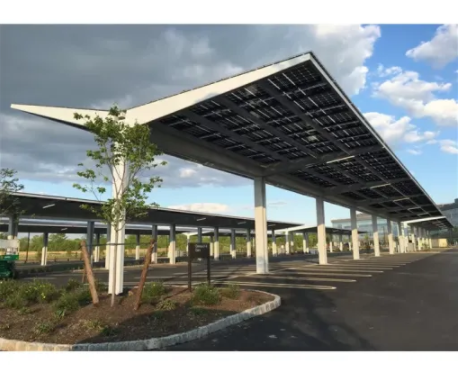What is the downside of a steel frame house?
Introduction
Steel frame houses have gained popularity in recent years due to their durability, longevity, and eco-friendly characteristics. These structures offer a robust alternative to traditional wooden frames, which are susceptible to various issues like rot, termites, and warping. However, like any construction material, steel frames come with their own set of drawbacks that homeowners and builders should consider. In this article, we will explore the downsides of steel frame houses, helping you make an informed decision when it comes to building or purchasing one.
Cost
One of the most significant downsides of steel frame houses is the initial cost. Steel is more expensive than wood, and constructing a house with a steel frame can be significantly pricier. The cost of steel itself, as well as the specialized labor required for welding and assembling the frame, adds up quickly. Moreover, the need for insulation materials to prevent heat transfer can further increase the overall cost of a steel frame house.
Thermal Conductivity
Steel is an excellent conductor of heat, which means it can quickly transfer heat in and out of a structure. In extreme climates, this can be a significant disadvantage. During the hot summer months, steel frame houses can become uncomfortably hot, requiring robust insulation to maintain a comfortable indoor temperature. Conversely, in cold climates, steel frames can lead to poor insulation, causing higher heating costs and potential issues with condensation.
Corrosion
Steel is susceptible to corrosion when exposed to moisture, which is a common issue in many regions. If a steel frame house is not adequately protected against moisture, rust can develop, compromising the structural integrity of the frame over time. To mitigate this, steel frames require regular maintenance and protective coatings to prevent corrosion. Failure to do so can lead to costly repairs and potential safety hazards.
Weight
Steel is denser and heavier than wood, which can pose logistical challenges during construction. The increased weight of steel frame components may require more robust foundation systems and structural support, which can add to the overall construction costs. Additionally, transporting and handling steel can be more challenging and may require specialized equipment.
Limited Design Flexibility
Steel frame houses often have limited design flexibility compared to wood-framed structures. Steel's strength and rigidity can make it challenging to create open, spacious floor plans or unique architectural features. This limitation can be a drawback for those seeking a custom-built home with specific design preferences.
Environmental Impact
While steel is recyclable and can be a sustainable construction material, its production process is energy-intensive and has a significant carbon footprint. The extraction of iron ore and the production of steel contribute to greenhouse gas emissions, making steel frame houses less environmentally friendly compared to some alternative construction materials. Additionally, the protective coatings used on steel frames may contain chemicals that can be harmful to the environment.
Noise Transmission
Steel frame houses may transmit more noise compared to wood-framed structures. The rigid nature of steel can allow sound vibrations to travel more efficiently through the frame, leading to potential noise disturbances inside the house. To mitigate this issue, additional soundproofing measures may be necessary, adding to the overall construction costs.
Fire Resistance
While steel is generally considered to be more fire-resistant than wood, it can lose its strength and integrity when exposed to high temperatures for an extended period. This means that in the event of a severe fire, a steel frame house may still suffer structural damage. Additionally, the insulation materials used in steel frame construction can contribute to the spread of fire if they are not fire-resistant.
Conclusion
Steel frame houses offer many advantages, including durability and resistance to common issues like rot and termites. However, they also come with several downsides that should not be overlooked. The initial cost, thermal conductivity, corrosion susceptibility, weight, limited design flexibility, environmental impact, noise transmission, and fire resistance are all factors that homeowners and builders need to consider when choosing steel as a construction material.
To make an informed decision about whether a steel frame house is the right choice, it's essential to weigh these disadvantages against the benefits and consider your specific needs and priorities. Proper planning, maintenance, and insulation can help mitigate some of these downsides, making steel frame houses a viable option for those looking for a durable and long-lasting housing solution. Ultimately, the choice between steel and other construction materials will depend on your budget, location, and personal preferences.



